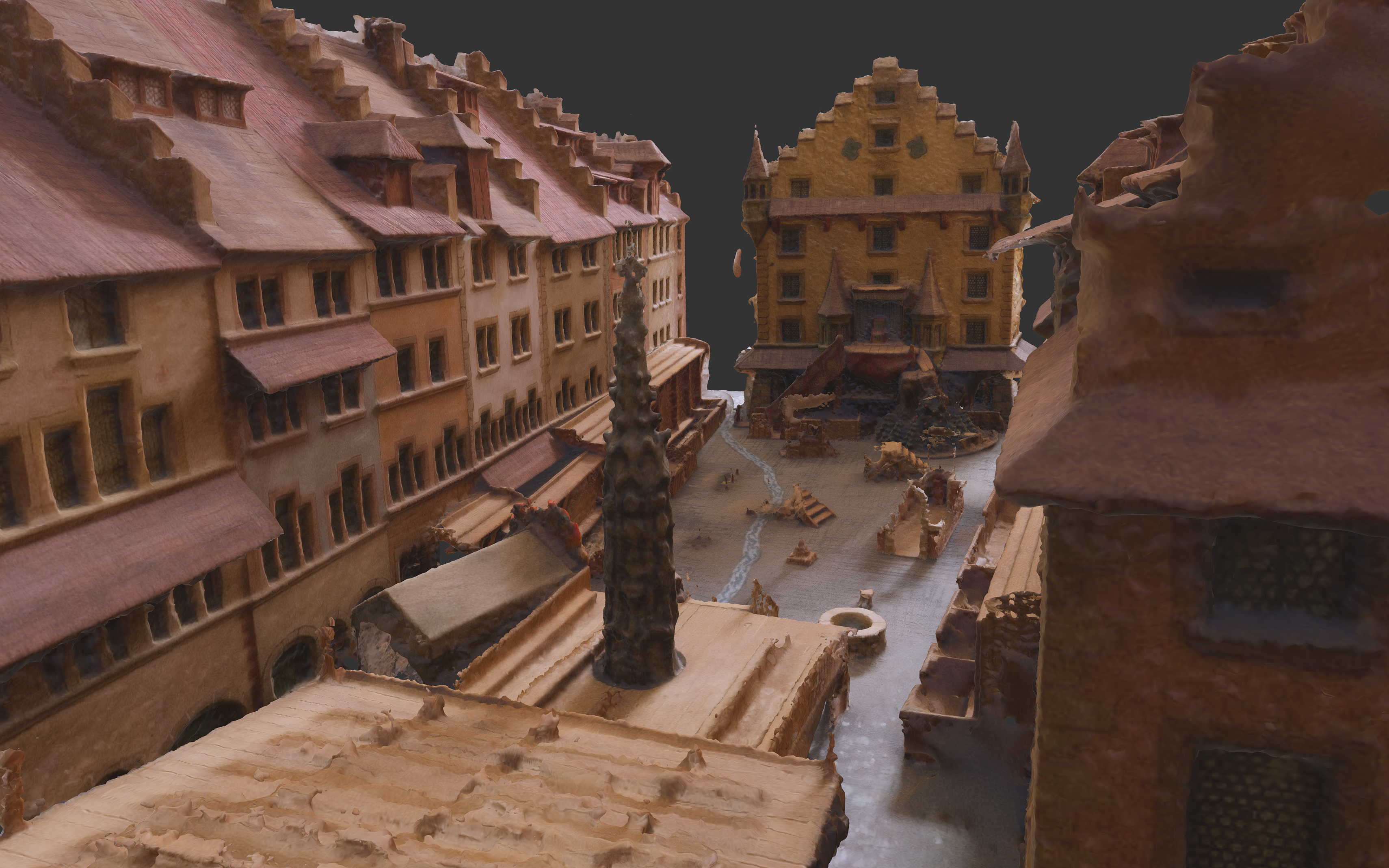There is no doubt that, defined broadly enough, theatrical practices must be seen as an integral part of the human condition.
In every culture around the world, some sort of performative practices can be found, mostly tightly woven into the cultural fabric.
Although the development of methods of theatrical practices cannot be measured in isolation, situated only in their own cultural embeddings (it is repeatedly demonstrated that media forms don’t exist in a vacuum but rather in complicated media ecologies that interchange contents, methods, and meaning internationally). Although it cannot be seen as an evolutionary process of chronological improvements leading to some supposed realism, it is still interesting to try to isolate some developments, innovations, and, naturally, some failures.
One particular reason for this undertaking could be to challenge the perception of certain practices as ‘self-evident.’ What is commonly regarded as the inevitable methodological destination of theatrical practices is, in fact, something that cultures learned to appreciate rather than something that naturally occurred.
In the European performance tradition, the stage was not elevated as seen in ancient Greek theaters. Instead, there was ‘theatron,’ a vast seating area for the audience.
Subsequent ages in Europe, the tradition of large theaters, particularly with seating areas, disappeared. In the early medieval performances being conducted on the streets by traveling theatre troupes. Old paintings depict how these troupes started to use elevated wooden structures to be visible to the audience. Eventually, they developed wagons that could serve as a stage.
Although medieval theatre in Europe spans a vast period from the 5th to the 16th century, it can be said that the majority of large theatrical performances were of a religious nature. With the Church aiming to convert many to Christianity, moral dramas and plays became a means to enact and demonstrate aspects of the Christian faith. Biblical events were acted out and staged on specific religious occasions, and these liturgical dramas included elaborate sets built on altars, costumes, specially decorated vestments, and pantomimes performed by priests depicting specific biblical events.
In the middle medieval times, Pageant Wagons became more complex, featuring different scenes on one place. Multiple wagons moved through the streets while the audience watched, akin to parade floats. Fixed performances used simultaneous staging, a distinctive characteristic of medieval theatre, where every scene was constructed and visible at the same time. The performance moved through these different scenes with the audience.
One particularly interesting case occurred in 1583 during the Passion Play on Weinmarkt in Lucerne, where the practices of ‘simultaneous staging’ and ‘theatron’ converged. This event demonstrated how staging practices do not evolve naturally but rather through experimental exploration, operating within the limitations of the understanding of the time.
Some inventions are forgotten, such as the stage and spectating practices of ancient Greek theatre, only to be rediscovered out of necessities. While some inventions are excitingly new for a specific culture, other cultures have been utilizing them for centuries.
One invention exemplifies this phenomenon: the ‘revolving stage.’
Rapid scene changes were one of the focuses of these engineering efforts, but none of them did or could involve a fully revolving stage. Records show a lot of moving elements and machinery, and some performative elements that were revolving, like a globe or a building, but no stage design recorded with a turntable-style full-scale revolving stage except one: constructed by the hydraulics engineer Tommaso Francini for an elaborately produced pageant, ‘Le ballet de la délivrance de Renaud,’ in 1617.
It must be a really hard undertaking to accomplish: we don’t see a revolving stage in Europe for over 200 years, until 1889.
Not because the idea of a revolving stage was kept alive, but rather due to the reintroduction of this scenic invention as something new from another culture. In 1868, Japan ended a long period of isolation and reopened trade with European countries. After so long in isolation, Japanese art flooded the European market. Japanese Kabuki Theatre had already invented and perfected the revolving stage for scenery changes over the last 150 years. was first built by Karl Lautenschläger (1843–1906) in 1896 in Munich, Germany.
One example of a revolving stage stands out with its relation to another medium: film. At a time when cinema was gaining popularity and challenging traditional theatre stages, stage designer Johannes Schröder built a spectacular yet quite grim revolving stage for the drama ‘Egmont’ in 1925. Recipients reported the effect as ‘cinematic,’ especially considering Johannes Schröder’s known interest in revolutionizing cinema reception with scenographic technologies and theatre with cinematic ones. His approach for ‘Egmont’ can be seen as a success. Without the usage of a curtain and unnatural pauses between scenes, the piece flowed seamlessly through the acts, revolving left or right depending on the scenery
Theatre history is full of technological innovations that leverage engineering to produce a sensation of wonder. While Renaissance theatre used many mechanical props, the invention of electric light and the availability of strong materials through the Industrial Revolution made movement on a larger scale possible on stage.
Therefore, it is not surprising that spectacles like the ‘dome horizon’ (a form used in planetariums) were built with the help of industry giants like Allgemeine Elektricitäts-Gesellschaft (AEG). This development allowed for indirect lighting and impressive effects.


Leave a Reply